Building a home is a dream for many. Yet, home builders face many struggles. These challenges can delay projects and increase costs. Home builders often encounter obstacles that can make the process difficult. From supply chain issues to labor shortages, many factors come into play. The rising costs of materials and the need for skilled workers can slow down progress.
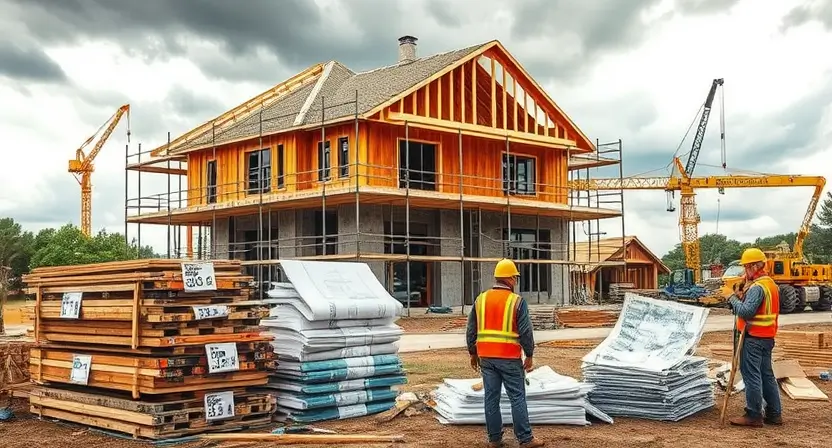
Builders also have to navigate complex regulations and permits. Weather conditions can also impact timelines. All these factors can lead to frustration and stress. Understanding these struggles helps in appreciating the hard work behind every home. It also sheds light on the importance of planning and flexibility in the construction industry.
Economic Factors
Home builders face many struggles today. One of the biggest challenges is dealing with economic factors. These factors impact every aspect of the building process. Let’s look at two major economic factors: market fluctuations and material costs.
Market Fluctuations
Market fluctuations create uncertainty. Home builders cannot predict housing demand. One month, many people want new homes. The next month, fewer people are interested. This unpredictability makes planning difficult. Builders worry about overbuilding. They also worry about not having enough homes ready when demand spikes.
Material Costs
Material costs change often. Prices for wood, steel, and concrete can rise quickly. This increase affects the overall cost of building homes. Builders must adjust their budgets often. They might need to find cheaper materials. Or they might have to increase the price of the homes they build. This can make it harder to sell homes. Higher costs also mean lower profit margins for builders.
Labor Shortages
Labor Shortages have become a significant challenge for home builders. The demand for new homes is rising, but the workforce is shrinking. This shortage affects project timelines and costs, making it tough for builders to keep up with demand.
Skilled Workforce
The construction industry needs a skilled workforce. Many experienced workers are retiring. Yet, fewer young people are entering the field. This gap is creating a dire need for skilled labor. Finding qualified carpenters, electricians, and plumbers is becoming harder. Without these vital workers, projects face delays and increased costs.
Training Programs
To address the labor shortage, investment in training programs is essential. High-quality training can attract new workers to the industry. These programs can provide the necessary skills to the workforce.
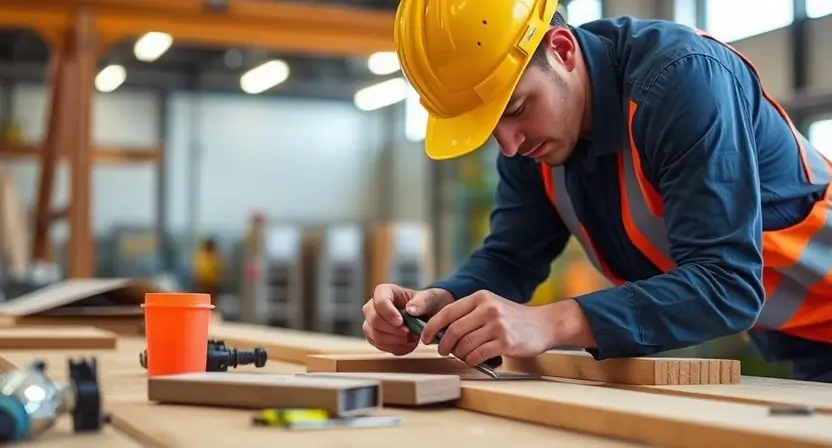
Consider the benefits of training programs:
- They offer hands-on experience.
- They ensure workers are job-ready.
- They help bridge the skill gap.
Many builders are partnering with trade schools. These partnerships aim to create a pipeline of trained workers. By doing so, they ensure a steady supply of skilled labor for future projects.
Here is a simple comparison of the outcomes:
| Without Training Programs | With Training Programs |
|---|---|
| Longer project timelines | Faster project completion |
| Higher project costs | Lower labor costs |
| Fewer skilled workers | More qualified workers |
In summary, addressing the labor shortage requires a focus on building a skilled workforce. Investing in training programs can provide long-term solutions to the industry’s challenges.
Regulatory Hurdles
Home builders face many challenges, but regulatory hurdles are among the toughest. These obstacles can slow down projects, increase costs, and create frustration for builders and homeowners alike. Let’s dive into two major regulatory hurdles: building codes and permit delays.
Building Codes
Building codes set the standards for construction. They ensure safety, health, and general welfare. But, navigating these codes can be complex. Every region has its own set of rules. Builders need to understand and comply with local regulations. This requires time and expertise. Non-compliance can lead to costly fines and delays. Keeping up with changing codes adds another layer of difficulty. It’s crucial for builders to stay informed and prepared.
Permit Delays
Securing permits is another significant challenge. The permit process involves multiple steps and can take months. Builders must submit detailed plans and wait for approval. Any errors in the application can lead to rejections. This means starting the process over. Delays in permit approvals can stall projects. This not only impacts timelines but also affects budgets. Builders often face the uncertainty of waiting. This unpredictability can be stressful and costly.
Supply Chain Issues
Home builders face many challenges today. One major issue is supply chain disruptions. These problems can halt or delay projects. They impact the availability of materials and timely deliveries.
Material Shortages
Material shortages are a huge problem for home builders. Basic materials like lumber, steel, and concrete are often hard to find. This scarcity can delay construction projects. Builders must wait for materials to become available. They may need to source from multiple suppliers. This adds complexity and cost to their work.
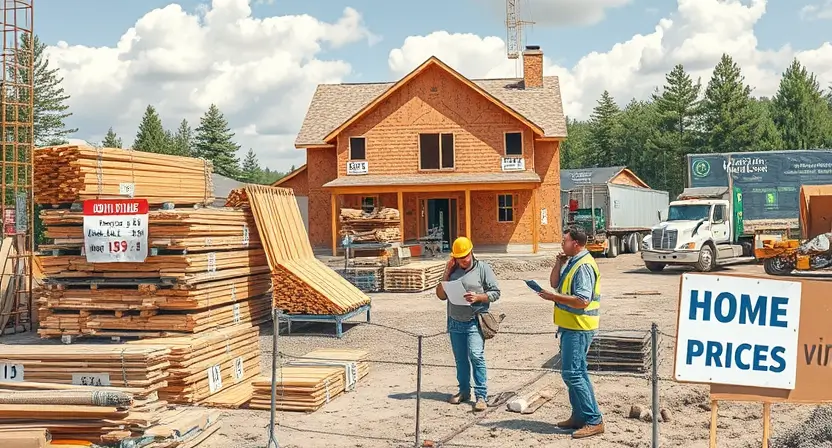
Limited materials also mean higher prices. Builders pay more for the same products. This cost often passes on to home buyers. It results in higher overall home prices. It makes housing less affordable for many.
Delivery Delays
Delivery delays compound the problems caused by material shortages. Even when materials are available, getting them on time is a challenge. Transport issues can cause days or even weeks of delay. This unpredictability makes it hard to stick to a construction schedule.
Weather, labor strikes, and port congestion often cause these delays. Builders must adapt and make quick decisions. They need to manage their time and resources carefully. Delays can also increase costs, affecting the budget and timeline of projects.
Financial Management
Home builders often face many financial challenges. Managing finances well is crucial for success. This involves careful planning and monitoring of expenses. Let’s explore the key aspects of financial management for home builders.
Budget Planning
Creating a detailed budget is the first step. Home builders should list all expenses. This includes materials, labor, permits, and other costs. A clear budget helps track spending and avoid surprises.
Here’s a simple budget plan example:
| Expense | Estimated Cost |
|---|---|
| Materials | $50,000 |
| Labor | $40,000 |
| Permits | $5,000 |
| Miscellaneous | $10,000 |
Stick to the budget and update it regularly. This helps control costs and avoid debt.
Cost Overruns
Cost overruns are common in home building projects. They can strain finances and delay completion. Identifying potential overruns early is essential.
- Unexpected price increases for materials
- Changes in project scope
- Labor shortages or delays
To manage overruns:
- Keep a contingency fund.
- Monitor expenses closely.
- Communicate with all stakeholders.
Effective financial management ensures the success of home building projects. It involves careful budgeting and controlling costs. This helps complete projects on time and within budget.
Client Expectations
Home builders face many challenges. One of the biggest is meeting client expectations. Every client has a vision for their dream home. They want every detail to be perfect. This can create pressure for home builders. Especially when clients change their minds or have high expectations.
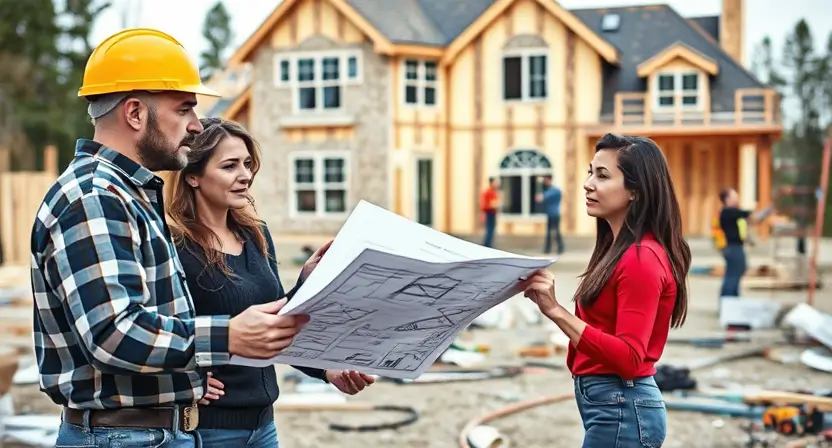
Design Changes
Clients often request design changes. This can happen at any stage. Early changes are easier to manage. Late changes can cause major delays. Builders must adapt quickly. They need to update plans and materials. This can increase costs and stress.
A table can show the impact of design changes:
| Change Stage | Impact |
|---|---|
| Early Stage | Minimal Delay |
| Mid Stage | Moderate Delay |
| Late Stage | Major Delay |
Communication
Good communication is key. Builders must keep clients informed. Regular updates build trust. They help manage expectations. Miscommunication can lead to mistakes. These mistakes can be costly.
Builders should use clear and simple language. Avoid jargon. Be honest about progress and challenges. Use visuals like drawings or models. They help clients understand complex ideas.
Here are some tips for better communication:
- Hold regular meetings.
- Use simple language.
- Be honest about delays.
- Show progress with photos or models.
Meeting client expectations is tough. It requires patience and clear communication. Builders must stay flexible and responsive. This helps create a positive experience for clients.
Technological Integration
Technological integration in home building can be a double-edged sword. Builders face challenges adapting to new technologies. This section explores two major areas: construction software and automation. Both impact the industry significantly, presenting both opportunities and obstacles.
Construction Software
Construction software helps manage projects efficiently. It tracks progress, budgets, and resources. Builders often struggle with choosing the right software. Many options are available, making decisions tough. The software must fit the specific needs of the project. Compatibility with existing tools is crucial. Training staff on new systems takes time. This can cause delays and increase costs.
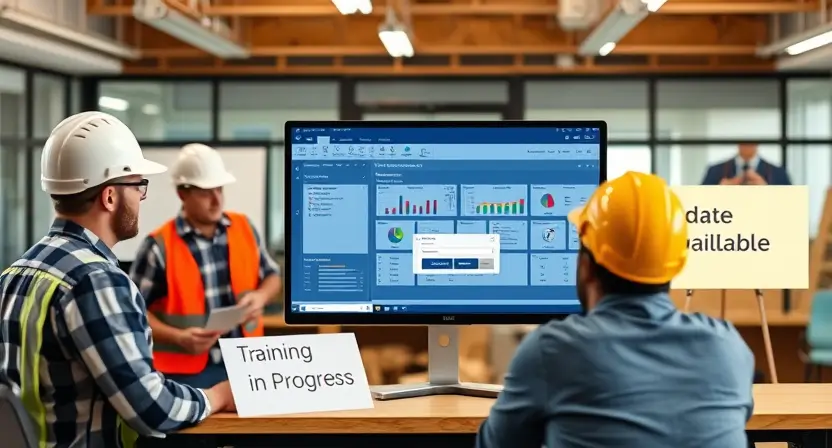
Software updates and maintenance are ongoing concerns. Builders need to stay current with the latest versions. Older systems might not support new features. This can lead to inefficiency and errors. Security is another important factor. Protecting data from breaches is essential. Builders must ensure that their software is secure and reliable.
Automation
Automation aims to streamline construction processes. It reduces manual labor and speeds up tasks. Robots and drones are becoming more common on sites. These tools can perform repetitive tasks quickly. Builders face challenges integrating these technologies. The initial investment is high. Not all companies can afford it. Training workers to use automated tools is also necessary. This can take significant time and resources.
Some tasks still require human intervention. Automation cannot replace skilled labor entirely. Builders need to find a balance between technology and human expertise. Another challenge is maintaining automated systems. Regular maintenance is crucial for smooth operation. If a machine breaks down, it can halt the project. Ensuring reliability is a constant concern.
Sustainability Practices
Home Builders Struggles often focus on Sustainability Practices. These practices are essential in today’s world. Builders face many challenges in adopting eco-friendly methods. They aim to reduce their carbon footprint. They also strive to meet regulations and satisfy eco-conscious buyers.
Eco-friendly Materials
Choosing the right eco-friendly materials is crucial. Builders must find sustainable sources. They also need to ensure quality and availability. Common eco-friendly materials include:
- Bamboo
- Recycled steel
- Reclaimed wood
- Sheep’s wool
- Hempcrete
Using these materials reduces waste. It also promotes a healthier living environment. Builders face the challenge of higher costs. They also need skilled workers to handle these materials.
Energy Efficiency
Energy efficiency is a top priority for sustainable home builders. It helps reduce the home’s overall energy use. Builders incorporate various techniques to achieve this:
- Installing solar panels
- Using energy-efficient appliances
- Adding proper insulation
- Incorporating smart home technology
These methods lower utility bills. They also reduce the home’s carbon footprint. Builders must stay updated on the latest technologies. They also need to work with experts to ensure proper installation.
Incorporating these sustainability practices is not easy. Builders face many struggles. Yet, the benefits are significant. They create homes that are better for the environment. They also meet the growing demand for eco-friendly living.
Frequently Asked Questions
What Challenges Do Home Builders Face?
Home builders face challenges like rising material costs, labor shortages, and regulatory hurdles. These issues can delay projects and increase expenses.
How Do Market Conditions Impact Home Builders?
Market conditions impact home builders by influencing demand and pricing. Economic downturns can reduce demand, while booms can lead to higher costs and labor shortages.
Why Is There A Labor Shortage In Home Building?
The labor shortage in home building is due to an aging workforce and fewer young workers entering the trades. This leads to project delays.
How Do Regulations Affect Home Builders?
Regulations affect home builders by increasing compliance costs and extending project timelines. Zoning laws and environmental regulations can be particularly challenging.
Conclusion
Building a home today comes with many challenges. Rising costs and labor shortages strain builders. Delays and supply chain issues also complicate projects. Builders must adapt and innovate to stay afloat. Despite these struggles, the dream of home ownership remains strong.
Builders continue to work hard to make dreams reality. Their resilience and dedication ensure the industry keeps moving forward. Home builders face many hurdles, but their commitment never wavers. We can appreciate their efforts and look forward to better days ahead.


